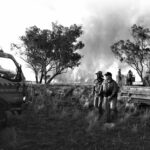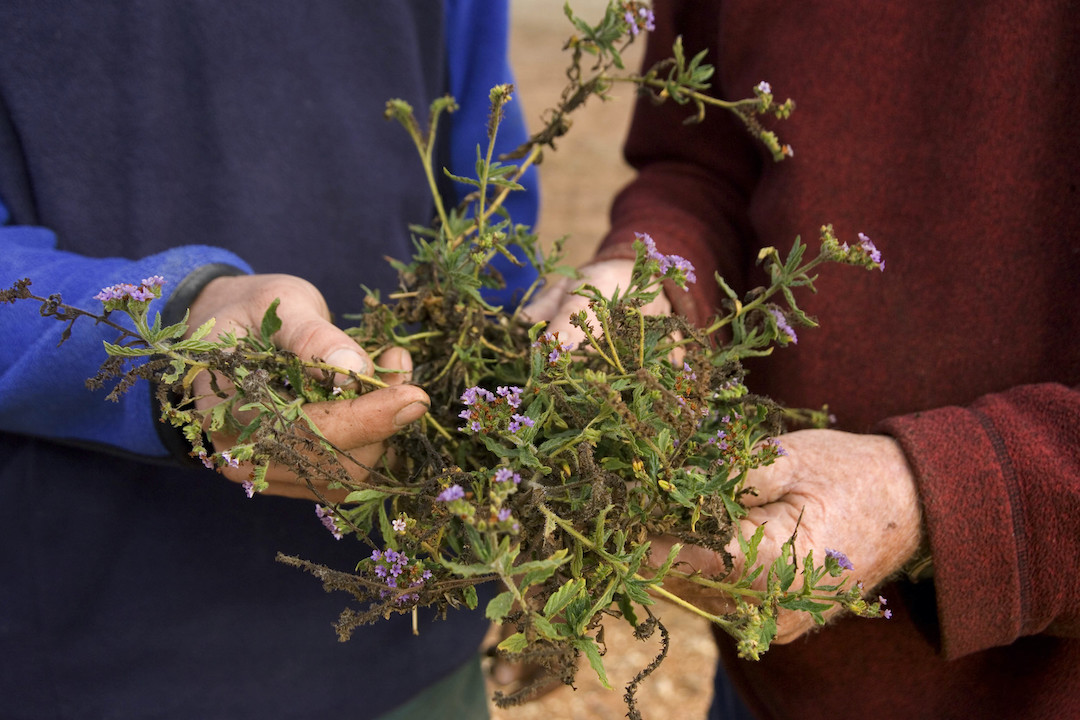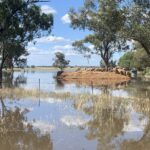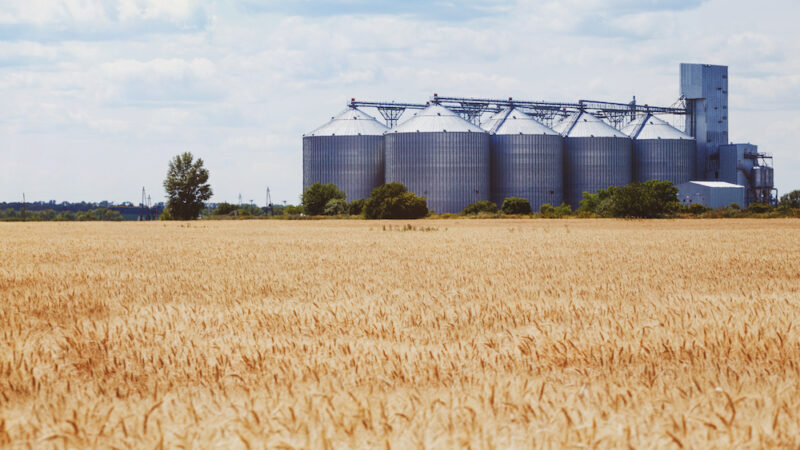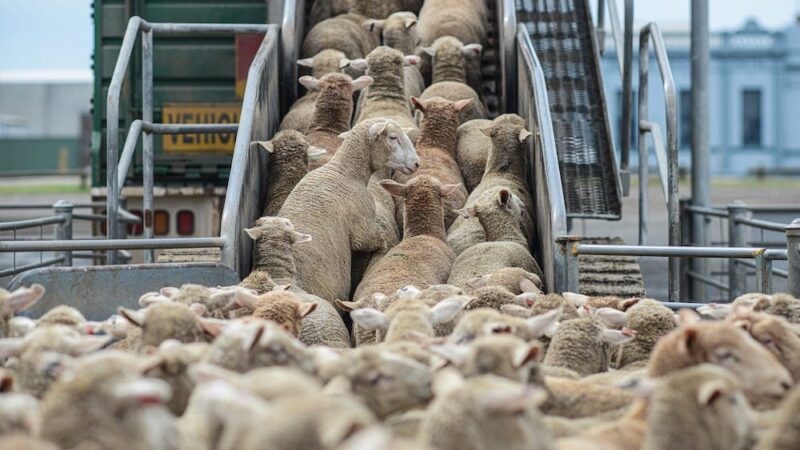NSW Farmers and the NSW Rural Fire Service (RFS) have jointly developed new guidelines to…
Abundant pastures spark grass fire risk
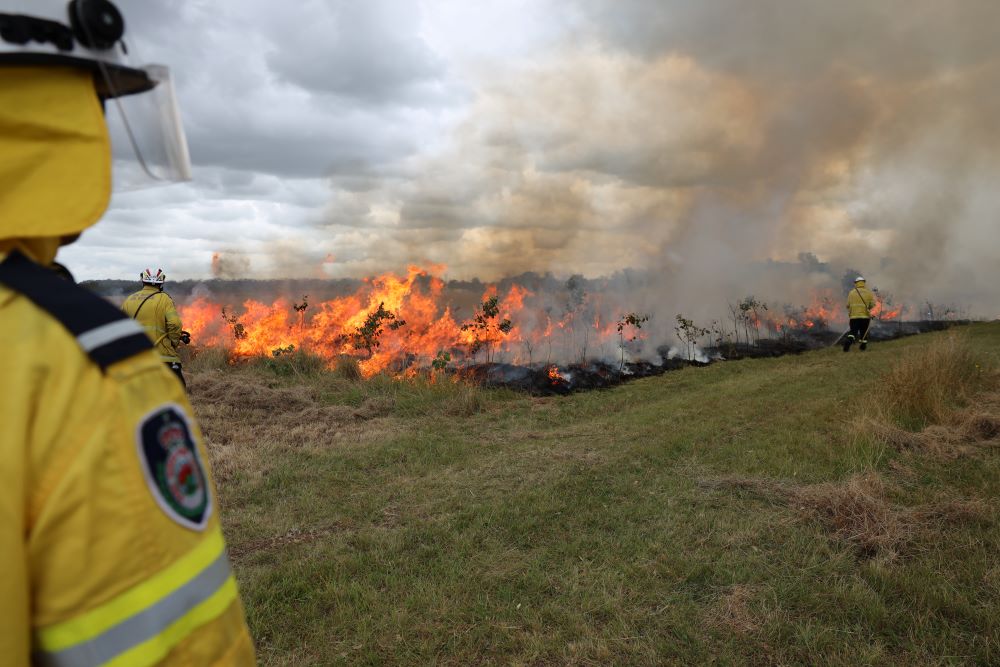
Livestock are enjoying a pasture bounty on farms across NSW after consecutive wet years, but farmers are being warned about the increased grass fire risk.
The NSW Rural Fire Service (RFS) is urging farmers and the wider community to be aware and prepare as hot and windy conditions transform lush green pastures into dangerous fire starters.
�My main concern is the risk of grass fires, right across western New South Wales,� RFS Commissioner Rob Rogers told The Muster.
�We have seen prolific grass growth as a consequence of three years� of significant rainfall. Recently, we�ve seen these grasslands dry out and so with only a few hot and windy days, it presents a real risk � as it is able to carry fire very easily.�
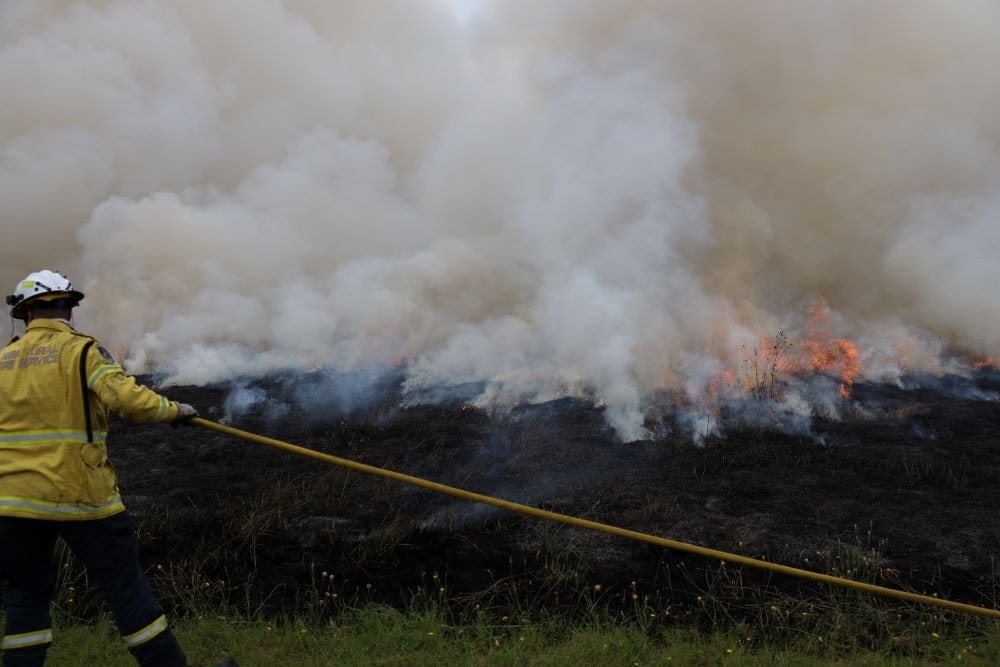
Mr Rogers said what makes grass fires so dangerous is how quickly they can spread.
�Grass fires start quickly and spread rapidly. You can�t outrun a grass fire on foot; they move frighteningly fast.�
NSW RFS Commissioner Rob Rogers
Mr Rogers said RFS volunteers have already been called to more than 3,352 grass fires since 1 July 2022, with more than 1,000 of those occurring since the 1st January 2023.
�We [RFS] are doing everything we can to prepare for bush and grass fires, but we also need landholders to do their bit to be prepared.
�Recent research by the RFS has found while four out of five people have a plan for fires, less than half have actually taken action to prepare their property. We need the community to do their bit in reducing their risk.
�We know that farmers are well-aware of the risks associated with using vehicles and machinery around crop, pasture and stubble paddocks � and I would remind them to be vigilant when operating machinery and to always be aware of the current and forecast conditions.
�It only takes one spark to set off a serious fire that can quickly spread to adjoining paddocks and properties, potentially destroying valuable crops and farming land.�
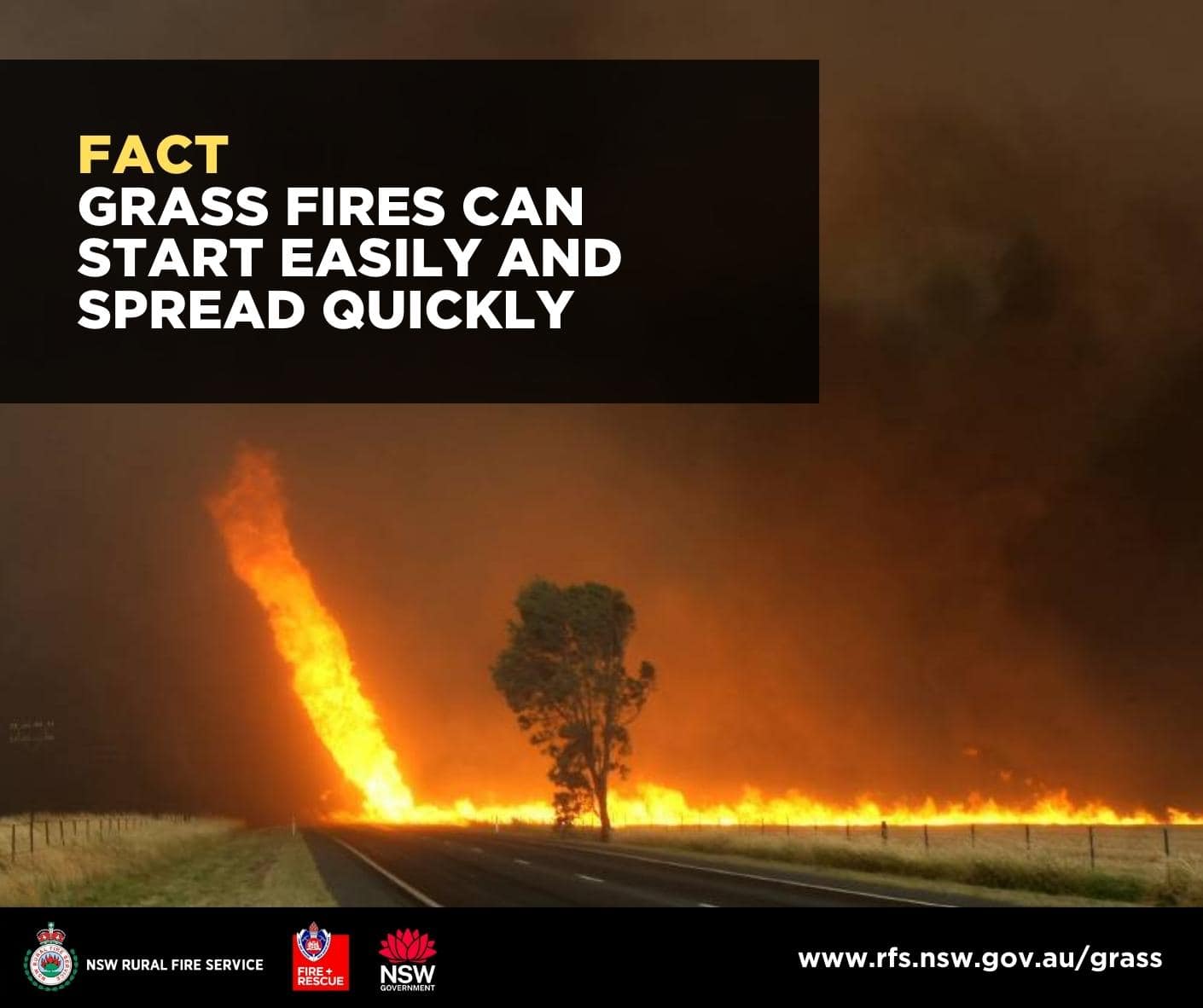
What Farmers can do to prepare
- Vehicles and machines should be checked at regular intervals throughout the day and a water source or fire extinguisher should be carried to suppress any fire outbreaks.
- Take the time to clear grass and vegetation from machines and vehicles to reduce the chance of these fuels getting caught in the drive train or around the guards and mufflers.
- All machinery and vehicles must have an effective spark arrester fitted to the exhaust system to prevent fires.
- Clean the drive train every two-to-three hours on days of increased fire danger.
- Put fire breaks in place around assets and standing crops as well as boundary fences.
- Check your farm equipment is in good order and is ready to deal with a fire.
- Be aware that slasher and mower blades can spark if they strike rocks or metal, causing dry grass to ignite.
- Register Static Water Supply sources on your property, such as dams, swimming pools and water tanks, with the NSW RFS, which will assist firefighters in a fire emergency.
- On forecast hot and windy days or on days of Total Fire Ban, the RFS may issue a Harvest Safety Alert for areas of heightened risk. Harvest operators should monitor conditions and regularly check that they are operating within guidelines.
- Download the Fires Near Me app and set Watch Zones for your home and property to be alerted to new incidents.
Flooded farmers face �fire bomb�
Weeds have also enjoyed an abundance of moisture and NSW Farmers says time is running out to prevent mass bushfires at the end of the year.
NSW Farmers Head of Policy and Advocacy Annabel Johnson this week called for a swift crackdown on public land managers letting weeds grow out of control.
�During Black Summer we saw horrific fires as a result of the disastrous �lock it up� approach to land management,� Ms Johnson said.
�We�ve seen huge parts of the state converted into National Parks and just locked up in the name of conservation, which presents another fire risk om top of grass fires.�
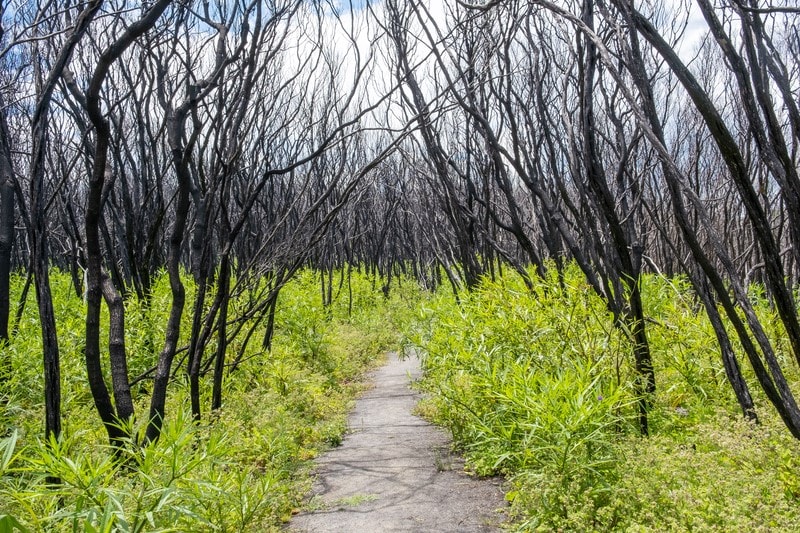
�The decision makers need to come to their senses and listen to the people who experience these natural disasters firsthand, and make sure there is an embedded strategy that will effect change in the short and long term.�
Australia had a long history of wet years followed by fires, Ms Johnson said, which would race from town to town consuming everything in their path.
�You hear the stories of fires outrunning vehicles, and you just hope it never happens to you,�
NSW Farmers Head of Policy and Advocacy Annabel Johnson
�I�ve heard of whole farms being incinerated and the people only barely making it out alive, and that was before we had these huge National Park tinderboxes everywhere.
�For the most part farmers and private landholders are actively managing their properties, but there simply are not enough resources to do the same on public lands and this will surely lead to catastrophe.�?
A new Farm Fire Unit Guide will help firefighters and farmers work work together to better protect communities in rural NSW from bushfires and grass fires. Read more here.


